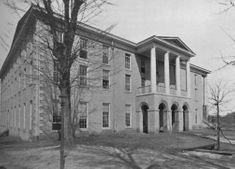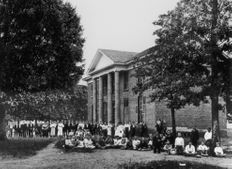History of Catawba College
A Strength of Tradition
The vitality of Catawba College lies in its tradition of strong academic programs; sensitive, concerned but demanding faculty; diverse students who share a seriousness of purpose; successful, loyal graduates; and informed, committed trustees.
Building the Tradition
Catawba College's tradition extends back to its establishment in 1851 in the town of Newton, a center of commerce in the foothills of western North Carolina. This region had been settled in the 1740s by hardy German pioneers who had traveled from eastern Pennsylvania to settle in the valleys of the Haw, Yadkin, and Catawba rivers. They brought with them a strong cultural and religious heritage. These pious settlers established the North Carolina Classis of the Reformed Church in 1831 and shortly thereafter in 1834, established an Education Society to send young men to certain northern schools of the Reformed Church to be educated and to return to North Carolina serve in the ministry. The high value these pioneers placed on education made itself felt at an 1849 meeting of the Classis at St. Matthew's Arbor where it was suggested that the Education Society "found a college of our own in our own midst." Catawba College opened in 1851 with a gift of 10 acres of land and a capital investment of $15,000. It was named for the Indian tribe which had already lent its name to the county and the river flowing nearby. The years that followed were filled with prosperity for the growing institution, reflecting the economic climate of the area. However, the Civil War brought drastic changes, reducing the availability of funds and students.
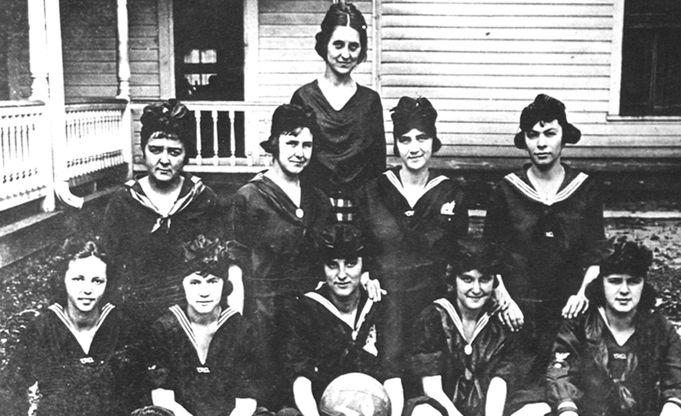
During the war years, the College became an academy, operating as Catawba High School from 1865 to 1885. In the latter year, it resumed operations under its original charter and awarded its first college degrees in 1889. In 1890, Catawba became a coeducational institution and its first woman graduate completed her studies in 1893. Even with the addition of women to the student body, the College struggled to overcome the ravages and depletion brought on by the war.
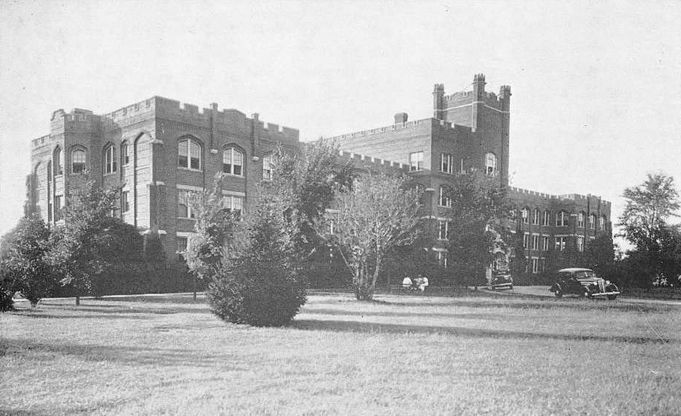
Responding to the offer of a partially constructed dormitory-administration building and several acres of land in Salisbury, trustee, college, and church officials closed the campus in Newton in 1923 and re-opened in Salisbury in 1925.
In 1957, the Evangelical and Reformed Church, Catawba's parent body, merged with the Congregational Christian Churches to form the United Church of Christ, with which the College maintains affiliation. There are, however, no sectarian restrictions at the College; instead, the institution seeks to maintain an atmosphere congenial to all students in search of truth. Students of many different religious persuasions are represented in the student body today, including Baptists, Methodists, Roman Catholics, Lutherans, Jewish, Presbyterians, Muslims, United Church of Christ members, Buddhists and Episcopalians. All are encouraged to spend time exploring their faith traditions and examining the impact it has in their lives.
Catawba seeks to serve the Salisbury-Rowan County community through its programs and services. The Robertson College-Community Center, a facility built as a joint venture with the community nearly 60 years ago, houses the Shuford School of Performing Arts and showcases musical and theatre productions from the college and the community. Similarly, the college's athletic facilities have been enhanced by the local community and are available to local residents as well as students. Students have many opportunities to be an active part of a larger community while they are enrolled at Catawba and find opportunities for community interaction, service, and personal development. Since Catawba opened its doors in Salisbury in 1925, it has built a tradition of successful graduates who continue to honor the College by their achievements and enable it through their support to strengthen that tradition with each entering class. These graduates include physicians, attorneys, teachers and college professors, corporate executives, actors and musicians, nurses, social workers, and others who contribute to society in a meaningful variety of ways.
Catawba College Today
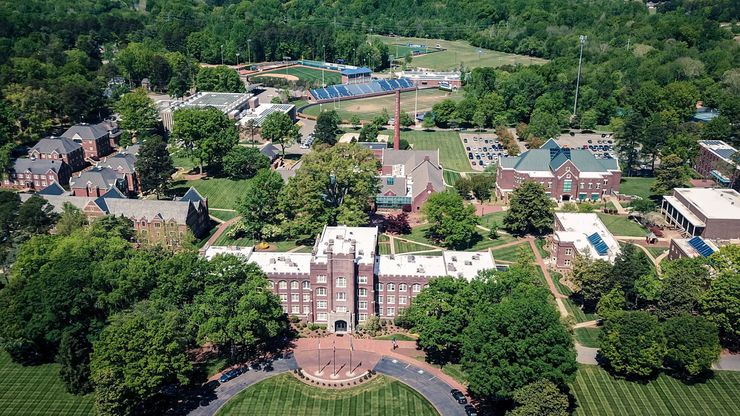
Catawba College Today
Catawba College now has 45 buildings on 276 wooded acres. It is known for its 189-acre on-campus ecological preserve. The physical plant is valued in excess of $40 million.
With approximately 1,207 students representing 32 U.S. states and 19 foreign countries, the student body is almost evenly divided among men and women. Like the student body, the Catawba faculty is cosmopolitan in nature. It embodies a significant range of opinion and philosophy, founded in studies at many of our nation's leading colleges and universities.
Of the 83 full-time teaching faculty employed at Catawba, 88 percent hold the doctorate or terminal degree in their discipline (Ph.D. or M.F.A.). Catawba seeks to employ faculty members who not only are excellent teachers, but who also have the capacity to guide and challenge students through their interaction with them in clubs, scholastic organizations, and athletic and social activities.
Faculty are genuinely committed to the mission of the College which expresses concern for the total development of the student. The ideal faculty-student ratio means that a faculty member is always available to aid and counsel a student and to offer support in the sometimes difficult developmental process. Former students often attribute their success to the fact that faculty members cared about them as persons, not just for their academic performance.
